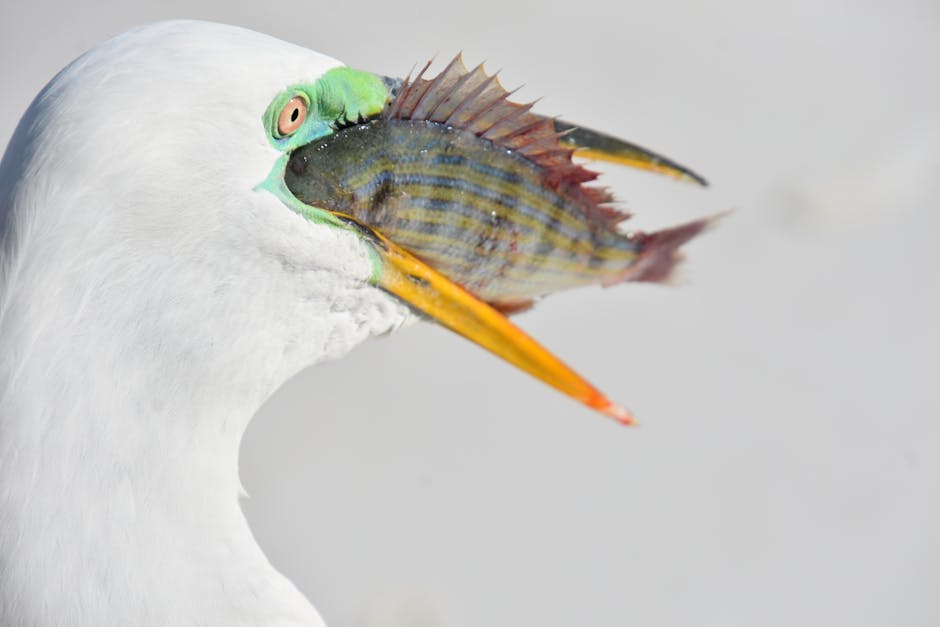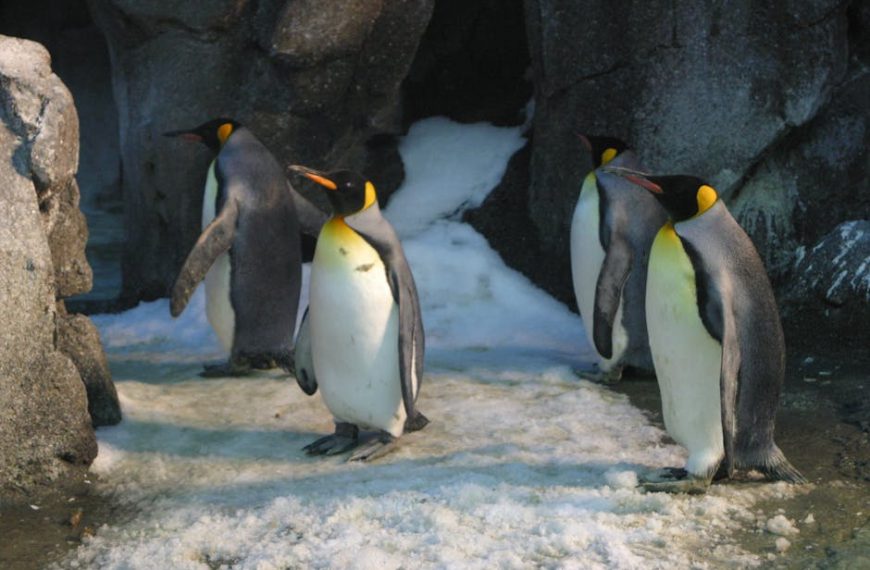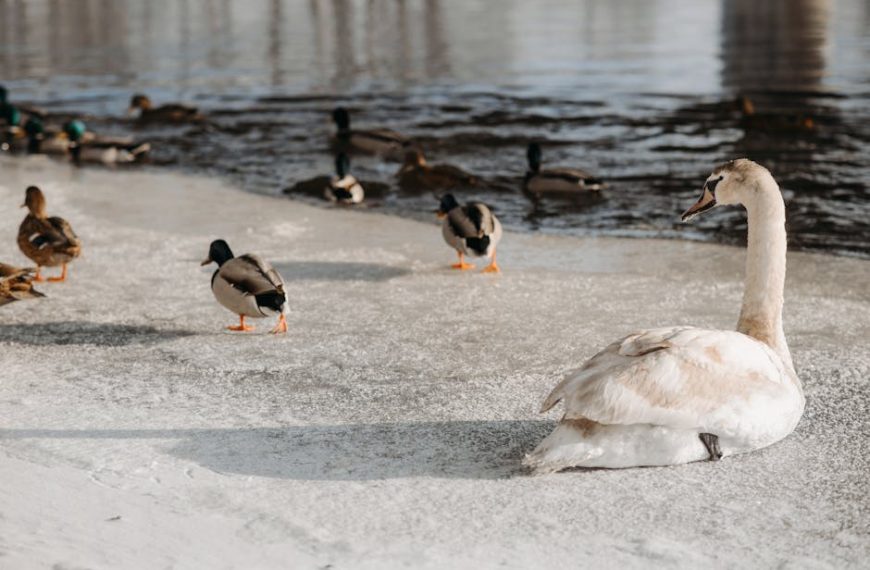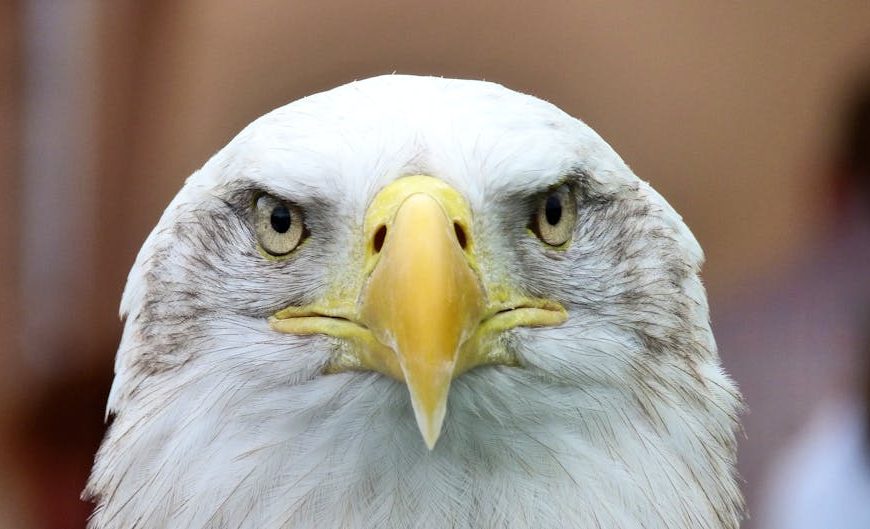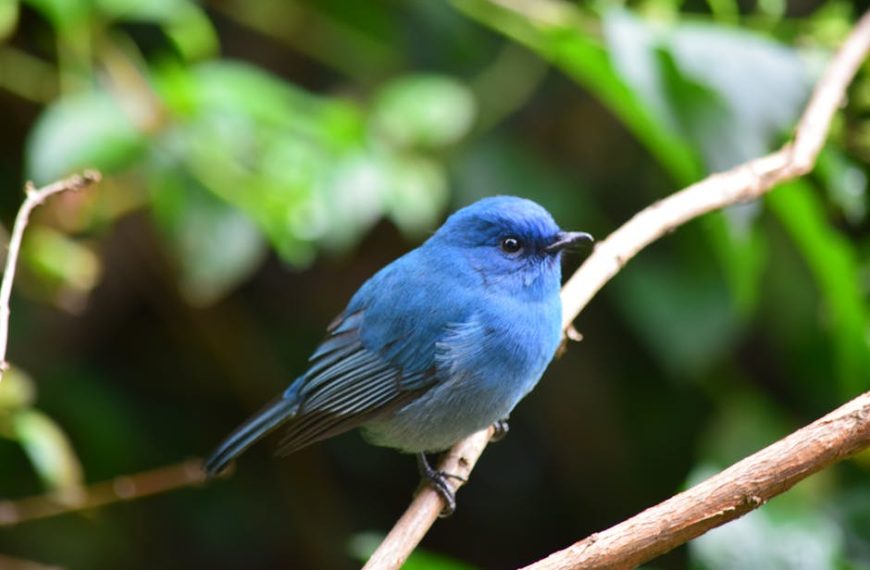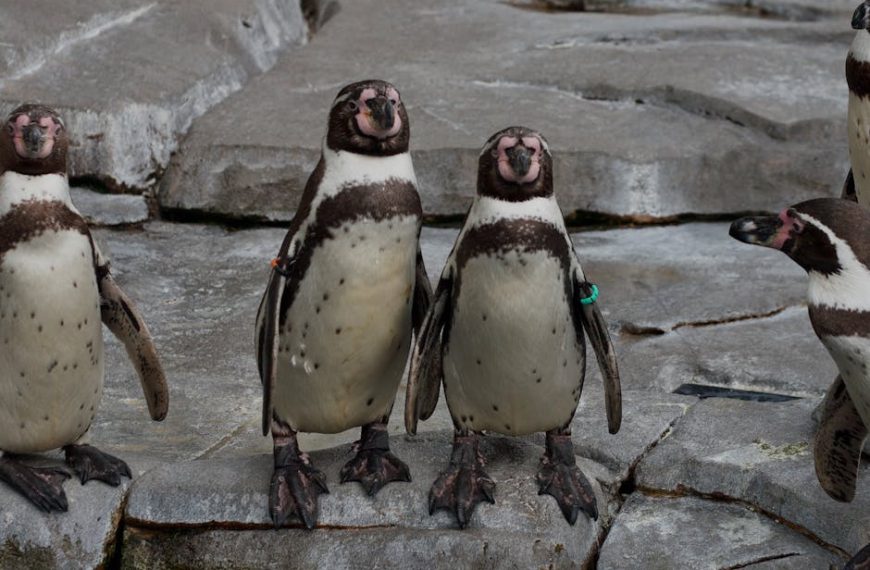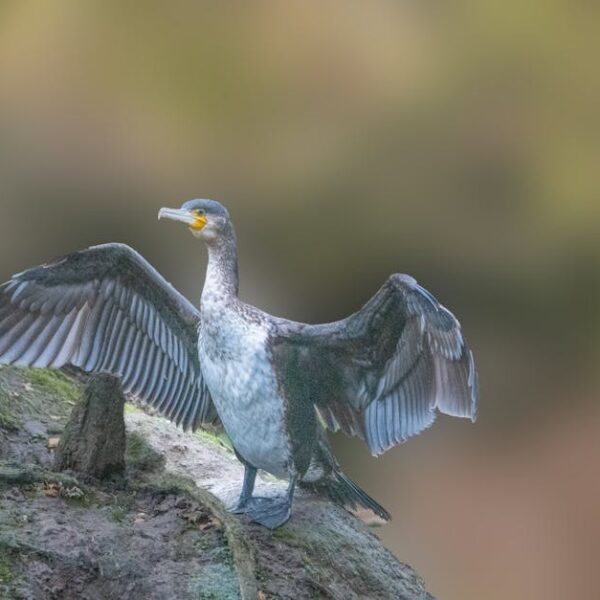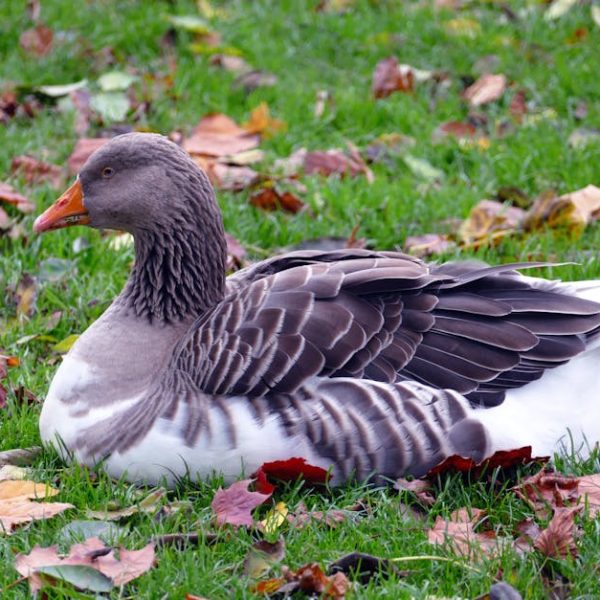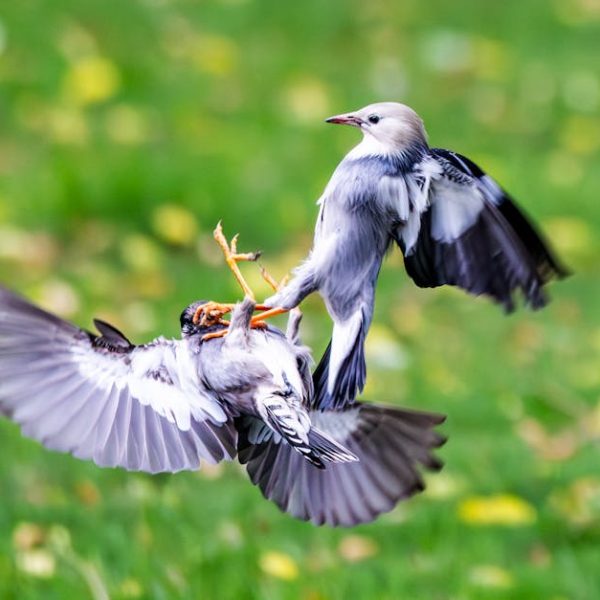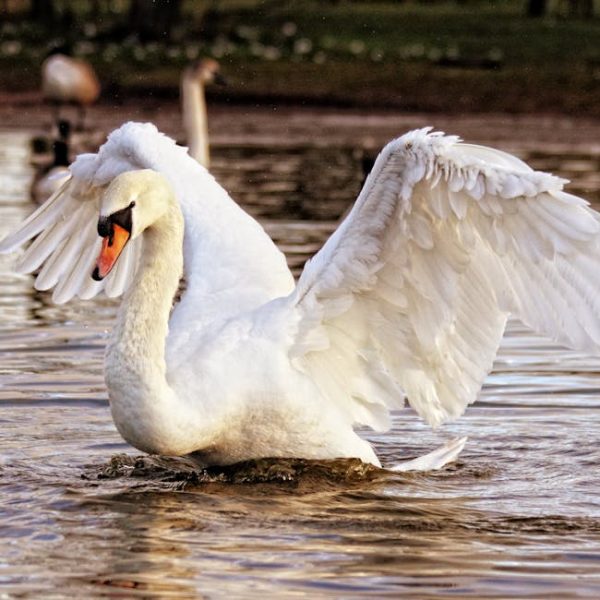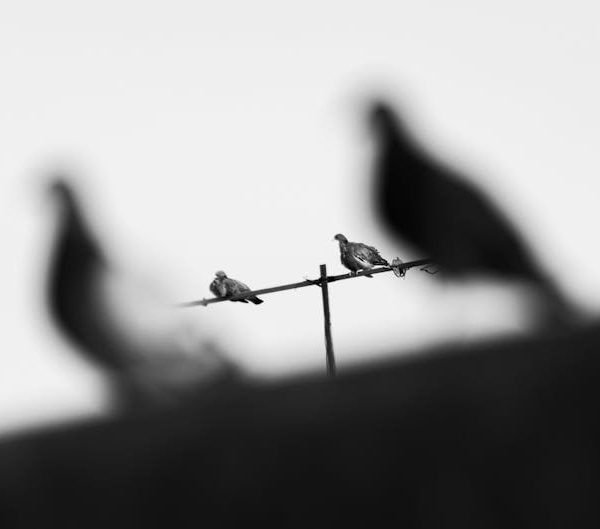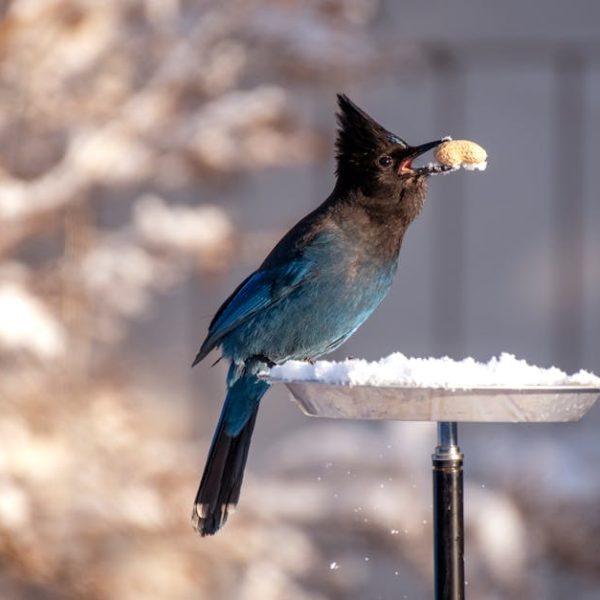Birds without feathers can present a strikingly different image compared to their fully feathered counterparts. This gives us a unique opportunity to unravel the intricacies of their anatomy that are usually hidden beneath layers of feathers. We also get to learn about species that consistently display this bare-skinned look as part of their survival strategy, and how certain health disorders can hinder a bird’s glossy plumage.
Anatomy Underneath Feathers
A bird sans feathers reveals a rich tapestry of skin, muscle, and skeletal structure that correlates perfectly for flight, manoeuvrability and survival. The skin is surprisingly thin, enabling it to aid in thermoregulation and sensitivity, while the muscles exhibit a complex arrangement optimized for powerful yet graceful movements. Under it all is the bird’s skeletal structure, an intricate framework that equally aims for resilience and lightness.
Key aspects of a bird’s anatomy that become visible are:
- Skin: Typically pale and thin, displaying a clear pattern of feather tracts and follicles.
- Musculature: The large, meaty muscles that control the wings and the lean muscles of the chest and legs can be observed.
- Skeletal structure: The skeleton mostly remains beneath the skin and muscle, however, in some parts like the shoulder girdle and wings, it becomes palpable.
Featherless Bird Varieties
While it’s hard to imagine birds without feathers, there exist varieties that sport less or almost no feathers. Notable examples include vultures, baby owls or chicks, kiwis, and penguins—styles that have evolved in sync with their habitat and survival dynamics.
A vulture’s bald head, for instance, prevents blood and other matter from sticking when feeding on carrion. Kiwis flaunt hair-like feathers, making them look more like a mammal than a bird—suitable for their ground-focused life. Baby owls or chicks start featherless, relying primarily on parents for warmth and protection. Penguins, with their tuxedo-like appearance, display small, stiff feathers for insulation and buoyancy underwater.
Survival adaptations among these birds are strikingly divergent. Featherless birds have either evolved with strong immune systems like vultures or rely more on their behavioral adaptations and survival strategies rather than feathers for camouflage or flight.
Bird Disorders Leading to Loss of Feathers
As beautiful as feathers are, their loss can signal underlying health challenges, including infectious diseases and external parasites. Alarming signs could be avian influenza, psittacine beak and feather disease, and mites, all of which can cause severe feather loss or damage.
Symptoms to look out for include:
- Uneven patches where feathers are missing.
- Bird showing signs of fatigue or less activity than usual.
- Drastic changes in behavior such as increased aggression or fearfulness.
Bird owners noticing any such symptoms must consult a vet promptly. A diet rich in essential vitamins and minerals can significantly aid in quick recovery of lost feathers. Additionally, providing a safe, stress-free environment for the bird also encourages healthy feather growth.
The Role of Feathers in Birds’ Life
Worth mentioning is the litany of roles feathers fulfill in a bird’s life. For instance, their primary function in birds is flight. Feathers form the vast, expansive wing area necessary for soaring, diving, and pretty much every flying technique in between. Secondly, they provide insulation, protecting birds from varying temperatures and harsh weather. But that’s not all. The myriad of colors, patterns, and sizes that feathers come in also play a crucial role in birds’ light displays, mating rituals, and camouflage.
Pros of feathers in birds include:
- Flight: Feathers are crucial in facilitating lift and flight control among birds.
- Camouflage: The various color patterns of feathers help birds to blend seamlessly with their environment, eluding predators.
- Thermal regulation: Feathers create a protective barrier around the bird, assisting in maintaining their body temperature.
- Mate attraction: Birds often attract mates with bright, unusual or intricate feathers.
Cons that birds can face when feathers are lost:
- Flight is compromised or entirely lost, making them easy prey.
- They lose their natural camouflage, making them conspicuous to predators.
- Without feathers, body temperature regulation becomes challenging.
- Mating can become challenging as they lose their primary means of visual attraction.
To keep track:
- Flight ✅
- Insulation ✅
- Camouflage ✅
- Mate attraction ✅
How Birds Adapt to Feather Loss
Birds display remarkable flexibility when forced to cope without their feathers, leaning more on their survival instincts. Some birds, during molting season or due to a health issue, might become nocturnal or seek out more hidden spots during the day to stay safe from predators. Being cold-blooded, birds with loss feathers will huddle close together for warmth or seek out sunny spots.
Adaptive measures birds employ when feathers are lost include:
- Avoiding predation: Birds tend to hide, become nocturnal, or join larger flocks for safety.
- Seeking warmth: Birds huddle together or find sunny spots to maintain their body temperature.
- Compensating for loss of flight: Ground birds might move faster, while birds that can still fly resort to flying low to save energy.
Bird owners can support their feathered friends during recovery by:
- Providing a safe and quiet environment: An environment free of stress encourages faster feather growth.
- Feeding nutritious food: A diet rich in proteins and essential nutrients promote feather regeneration.
- Keeping potentially contagious birds isolated: To prevent further spread of disease, it is essential to keep sick birds away from the flock until they are healthy.
A world without feathered friends would indeed be dreary. But learning about their anatomy, the role feathers play, and how certain species adapt to feather loss or lack thereof, can motivate us to appreciate and ensure their wellbeing even more.
Key Takeaway:
- Bird anatomy, uncovering skin, musculature, and skeletal structure, is thoroughly visible when the bird is devoid of its feathers.
- Some unique bird species, such as vultures, kiwis, or penguins, naturally have fewer feathers or are completely featherless, having evolved with that characteristic as a survival strategy.
- Bird disorders, including avian influenza, psittacine beak and feather disease, and mites, may lead to loss of feathers.
- Feathers play a significant role in a bird’s life, including flight, thermal regulation, camouflage, and mate attraction.
- Birds exhibit fascinating adaptability when faced with feather loss, adjusting their behavior to avoid predation and seek warmth.
Taking care of our feathered friends is crucial. Understanding how they adapt to feather loss, and when feather loss indicates potential health issues, empowers us to provide the ideal care and support they require. Remember, a bird’s health manifests in its feathers, so any unusual feather loss should be a call to provide them with nutritional food, a warm environment, and essential veterinary care.
FAQs
Q: What are some home remedies I can provide my pet bird for feather regrowth?
A: To promote feather regrowth, ensure your pet bird is fed a diet rich in vitamins and protein. Creating a stress-free environment and keeping their living area clean is also beneficial. However, it’s crucial to consult with a veterinarian to spot any potential underlying health issues.
Q: Are birds with fewer feathers or no feathers at all less healthy than feathered ones?
A: Not necessarily. Some bird species naturally lack feathers due to evolutionary survival strategies and are, in fact, perfectly healthy. However, a normally feathered bird losing its feathers may indicate health problems, and it would be advisable to consult a vet for guidance.
Q: My bird frequently loses feathers. Is this a cause for concern?
A: Occasional feather loss is common and could be part of a bird’s molting process. However, frequent or excessive feather loss could indicate underlying health issues and should be professionally evaluated.
Q: How can I tell if the feather loss in my bird is due to molting or a health issue?
A: Healthy molting usually results in an equal loss of feathers on both sides of the bird, followed by new feather growth. However, uneven or patchy feather loss, combined with symptoms like reduced activity or altered behaviour, may indicate potential health problems.
Q: Do birds feel pain when they lose feathers?
A: Under normal conditions, birds do not feel pain when shedding feathers during molting. However, if the feather loss is due to injury or disease, it could indeed be painful, and it’s best to seek veterinary advice promptly.
We encourage you to share this article with other bird-lovers and explore more posts on our site to deepen your understanding and appreciation of our avian company.
